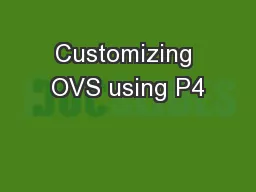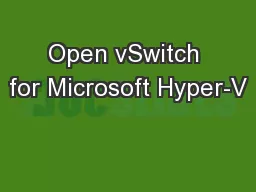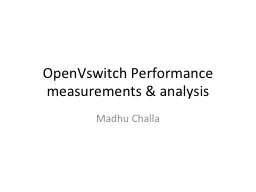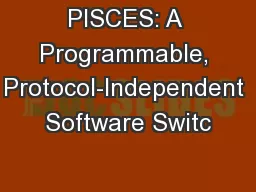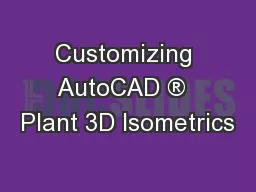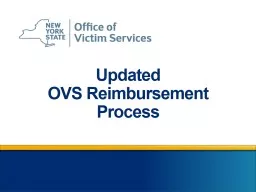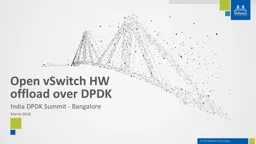PPT-Customizing OVS using P4
Author : briana-ranney | Published Date : 2018-02-21
Muhammad Shahb az with Sean Choi Ben Pfaff Chaitanya Kodeboyina Changhoon Kim Nick McKeown Nick Feamster and Jen Rexford Customizing OVS is Hard Protocols
Presentation Embed Code
Download Presentation
Download Presentation The PPT/PDF document "Customizing OVS using P4" is the property of its rightful owner. Permission is granted to download and print the materials on this website for personal, non-commercial use only, and to display it on your personal computer provided you do not modify the materials and that you retain all copyright notices contained in the materials. By downloading content from our website, you accept the terms of this agreement.
Customizing OVS using P4: Transcript
Download Rules Of Document
"Customizing OVS using P4"The content belongs to its owner. You may download and print it for personal use, without modification, and keep all copyright notices. By downloading, you agree to these terms.
Related Documents

